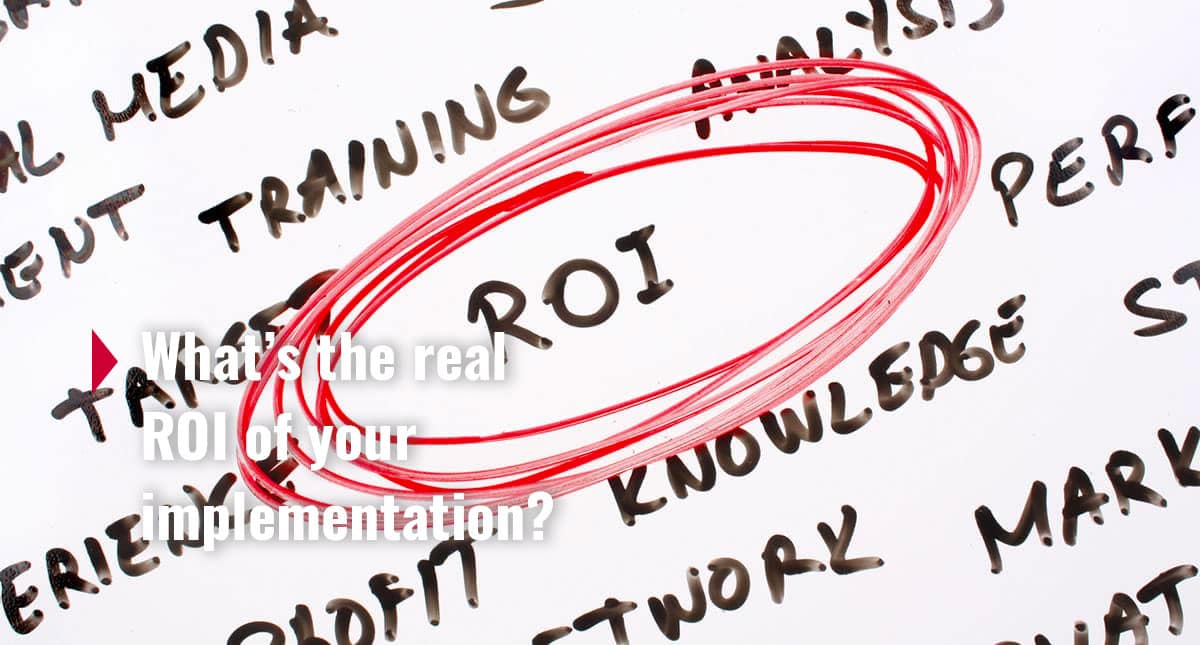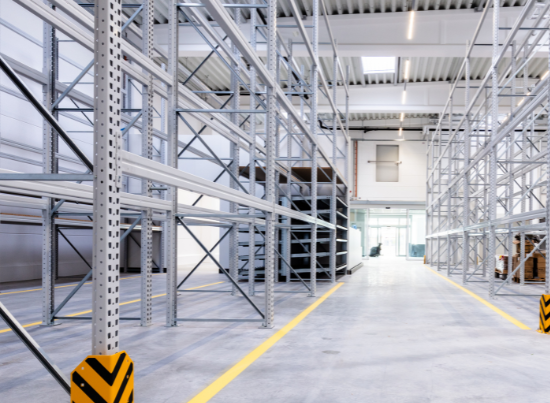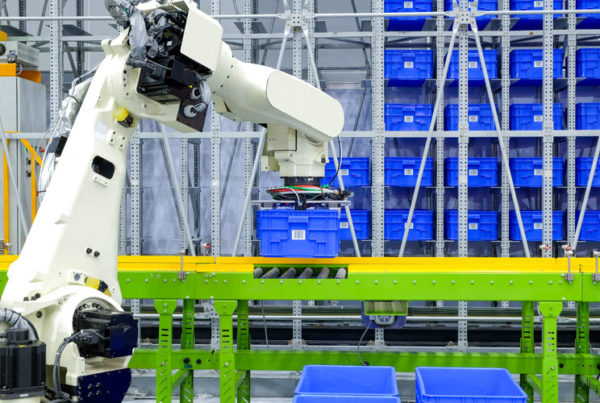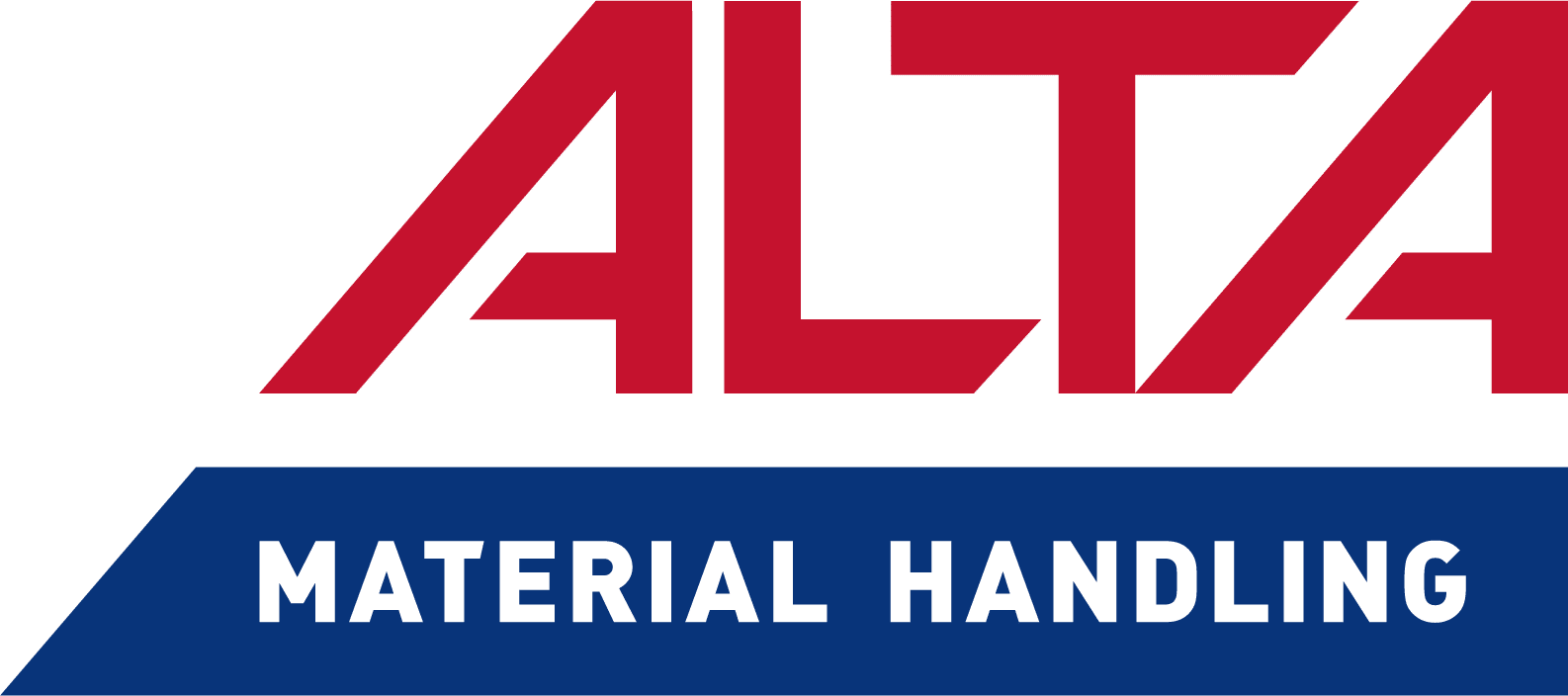No matter the industry or project size, the common theme among our clients is the importance placed on the ROI of their implementation, whether traditional or automation.
So, what is the real ROI?
To start, you have to understand the real investment to understand its expected – and realistic – ROI. You have to look beyond implementation launch and into the future of what your operations could become.
The real ROI has to be inclusive of all valid costs, at project launch and over its lifecycle.
This requires a shift in thinking in how the “investment” is defined, down to its placement in the financial statements and forecasting. It goes beyond the simple equation of “increased productivity ÷ cost of implementation” and includes long-term projections of system enhancements, spare parts, ongoing training, and maintenance staff that optimize the system.
In our experience, we know an implementation will increase in value the more you invest in maintenance and enhancements when they make sense. The shift here is in how you approach maintenance, redefining this role and the investment placed with it.
Whether in-house or outsourced, ongoing maintenance should become a de facto line item in your investment and included in your real ROI calculation.
An evolution in accounting is necessary to understand the real ROI of your implementation. The financial planning and cost accounting related the implementation should include a forecasted increase in the company’s SG&A that aligns with the salary or fees required for technical resources to maintain your system, an integral role in ensuring uptime and optimization.
Your goal with a new implementation is to gain productivity while offsetting costs. To more accurately set the financial expectations with your management team, partner with an integrator who has the knowledge and experience to help you understand your real investment. Your entire investment. Choose an integrator who will collaborate with you to create a transparent project scope and a pro forma that documents the real, ongoing costs of implementation so you can define and realize your true expected ROI.
As your organization evolves its financial planning and cost accounting, you’ll find that the capex planning process for future projects will become more efficient and accurate over time.






